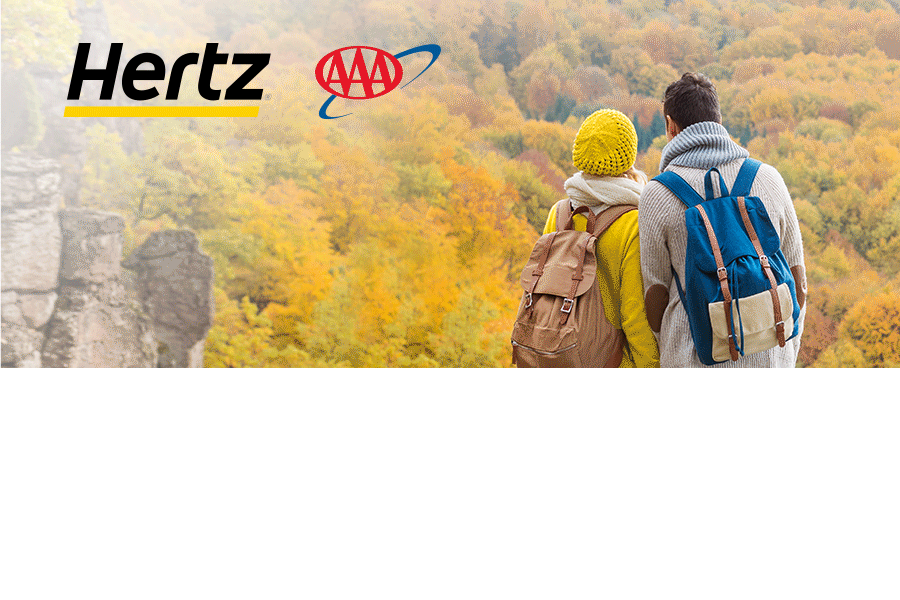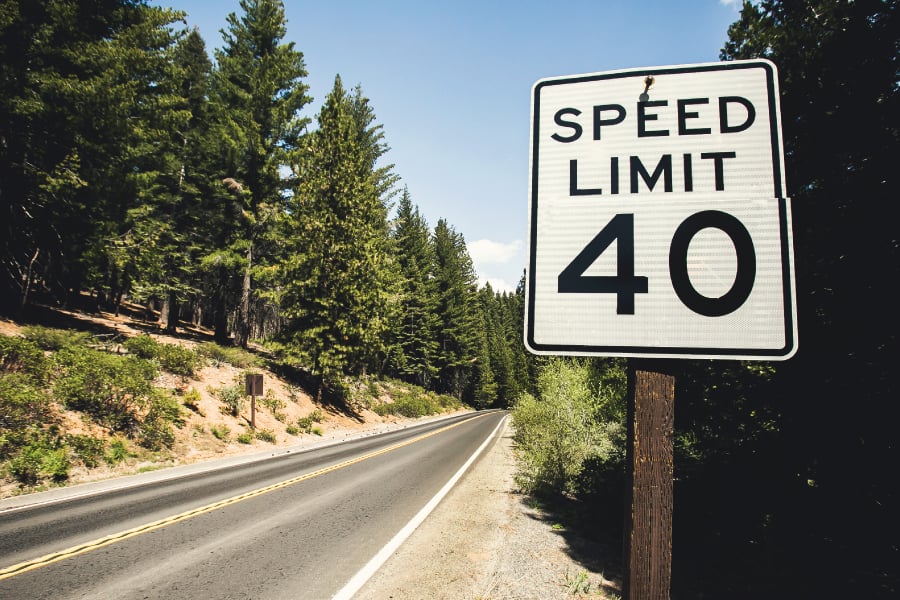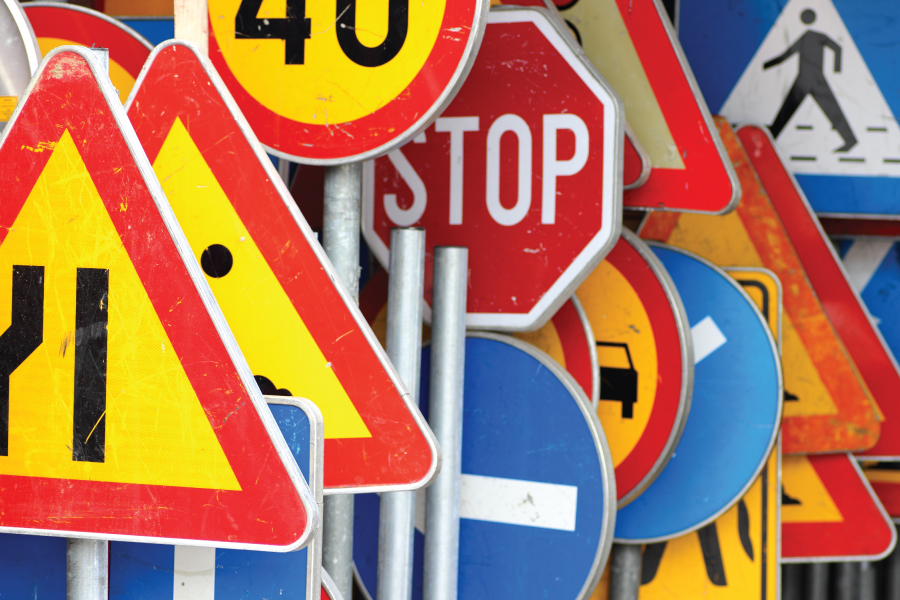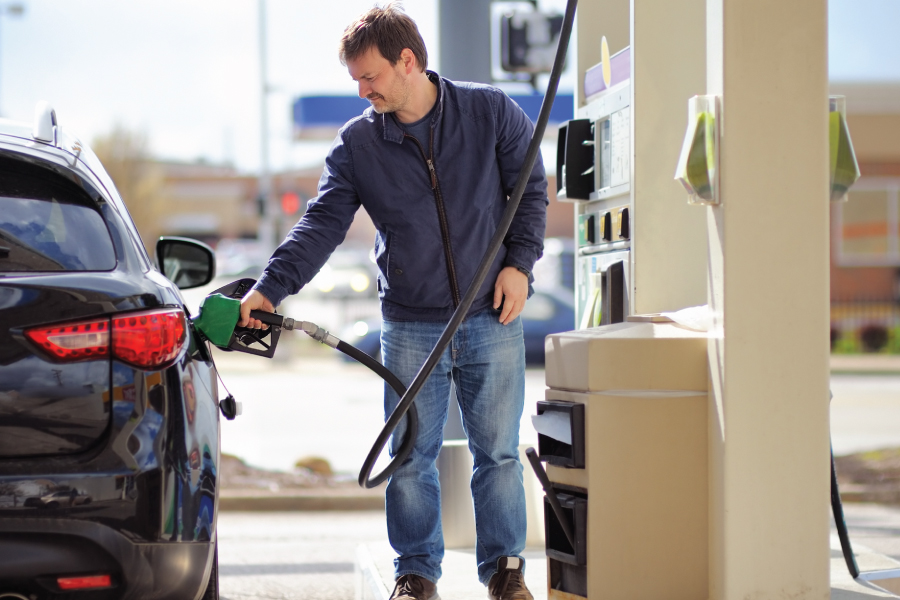Staying Safe During the Deadliest Days
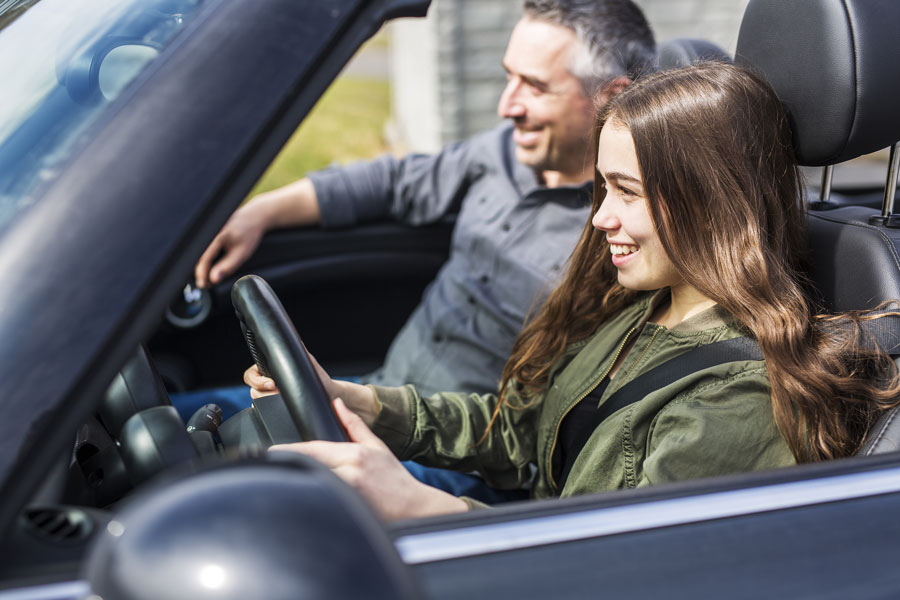
The risk of motor vehicle crashes is higher among teens than any other age group. The summer, when they are driving more, is an especially dangerous time.
Over the past five years, nearly 3,500 people were killed in crashes involving teen drivers during the 100 Deadliest Days, between Memorial Day and Labor Day. The average number of daily deaths from crashes involving drivers ages 15 -18 is 17 percent higher compared with the rest of the year, according to the AAA Foundation for Traffic Safety. And it’s not just teens who are at risk. Nearly two-thirds of those injured or killed in a crash involving a teen driver are other people.
Major factors contributing to fatal teen crashes during the summer include:
- Speeding (28%): This growing problem among teen drivers significantly increases the severity of a crash. In the AAA Foundation’s latest Traffic Safety Culture Index, half (49.7%) of teen drivers reported recently speeding on a residential street and nearly 40 percent say they sped on the freeway.
- Drinking and driving (17%): Even though teens cannot legally consume alcohol, 1 in 6 teen drivers involved in fatal crashes during the summer tested positive for alcohol.
- Distraction (9%): More than half of teen drivers (52%) report recently reading a text message or email while driving and nearly 40 percent report recently sending a text or email. While federal crash data shows just under 10% of crashes are related to this type of behavior, AAA Foundation research using in-vehicle dash-cam videos of teen driver crashes found distraction was involved in nearly 60% of teen crashes, approximately four times as many as federal estimates. It is difficult for law enforcement to detect distraction following a crash, which has made it one of the most underreported traffic safety problems.
AAA encourages parents to:
- Talk with teens early and often about abstaining from dangerous behavior behind the wheel, such as speeding, impairment and distracted driving.
- Teach by example and minimize risky behavior.
- Make a parent-teen driving agreement setting family rules for teen drivers.
Teens should store phones out of reach, mind speed limits, and stay away from impairing substances such as alcohol and marijuana.
AAA recommends that teens preparing to drive enroll in a driver education program that teaches safety skills including avoiding driver distraction. AAA also has tools for parents and teens, including the TeenDriving.AAA.com website and the AAA online StartSmart program.
Share the Road
As summer’s warmer weather lures more people outdoors for recreational activities and road trips, AAA reminds everyone to respectfully share the road with motorists, cyclists and motorcycles.
Here are some helpful tips to stay safe while enjoying the roadways:
Motorists:
- Stay alert–avoid all distractions while driving
- Yield to bicyclists when turning
- In inclement weather, give bicyclists extra passing room, just as you would other motorists
- Make a visual check for bicyclists and motorcyclists by checking mirrors and blind spots before entering or leaving a lane of traffic
- Provide motorcyclists or bicyclists adequate room to maneuver. Follow at least four seconds behind motorcyclists, and slow down and leave at least three feet of clearance when passing bicyclists
Bicyclists
- Ride on the roadway or shared pathways, rather than on sidewalks
- Follow the same rules of the road as other roadway users, including riding in the same direction as traffic and following the same traffic signs and signals
- Signal all turns
- Wear a bicycle helmet every time you ride
- Be visible by wearing bright colors during the day, reflective gear in low light conditions, and use head and taillights at night
Motorcyclists
- Keep headlight and marker and taillights on at dusk and in dark or rainy weather
- Stay four seconds being a vehicle
- When turning or passing, check for oncoming traffic, signal your intention to turn, and then check for oncoming traffic before turning or passing
- Wear a helmet that meets a high protection standard
- Wear proper clothing, eyewear and sturdy, closed-toe footwear
For more tips on Sharing the Road, visit Exchange.AAA.com.

